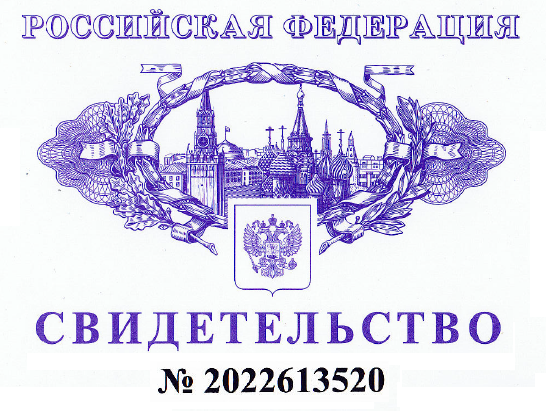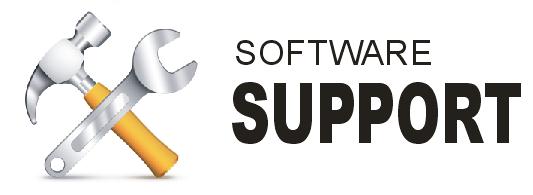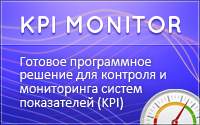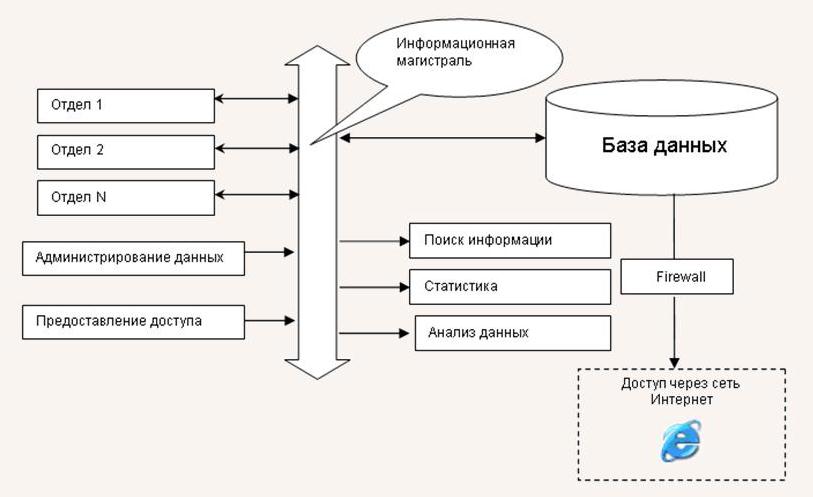
THE NEWS
New version of MiniWeb2 constructor
Migration to Firebird 5.0
Integration of Bizarc.PRO and ODANT

All news
OUR ADVANTAGES
How to make successful projects
Software support
Seven reasons to work with us
AUTHORIZATION

PARTNERS
Company's partners

Horse breeding XXI century

Horse breeding arose in Europe and Asia as early as 4 millennia BC and spread throughout the world. Once Russia in terms of the number of horses was ahead of the rest. In 1916 there were 38 million of them. Further the livestock constantly decreased. Because: World War I, the Civil War and the Great Patriotic War. Today, in general, the situation is improving in Russian horse breeding and since 1999, pedigree horse breeding has ceased to be unprofitable. Over the past ten years the structure of Russian horse and horse breeding has changed. Almost equal share with the public sector is occupied by private households. Moreover, in recent years, the role of coordination in the breeding of horses, their testing and improvement of breeds has been increasing.
The All-Russian Research Institute of Horse Breeding was able to overcome the difficult times of Perestroyka (Mr.Gorbachev’s restructuring) and not only steadily kept horse breeding records, but also introduced new information technologies that help scientists in their research work. Back in the early 90s, the departments of the main horse breeds, the department of immunogenetics, were launched. In the past, file cabinets and tedious manual work to fill out forms. But as time went on, technology developed, and at the beginning of the zero years it became obvious that it was necessary to reach a new level of quality, which implies a single central database for all Russian horse breeding. Requests of users (scientists, studs, amateurs) were constantly growing. It was necessary not only to quickly find the necessary information on the horse, but also to present it in a well-designed form, to see photos, videos. And it was required to do this not only within the framework of the institute, but also on the worldwide Internet.
There was a lot of painstaking work on collecting initial requirements, finding reliable developers, drawing up a large-scale plan for the transition to a new system. As it should be, for a state institution, an open competition was held for design work. Much attention was paid to professionalism, responsibility, and the ability of the company to provide good technical support. The tender was won by the Ryazan Silentium Company, which managed to establish itself not only in the city, in the capital of our country Moscow, but in the whole Ryazan region. From the very beginning it was clear that the project would be complicated and could not do with small accounting crafts. It was necessary not only to create a new software product, but also to inherit all historical data from the existing systems, having information since 1814.
The work on database design, preparation of the technical task took more than six months. And it was a particularly important moment. Find what is common between the breeds, how to harmonize the characteristics of each department of the institute, work out compromises between experts. And only after all materials were approved by technical specialists, developers of Silentium Company, horse breeders began the process of developing programs and implementing them. Already in the spring of 2009, the English thoroughbred breed department was launched into commercial operation. It was difficult to take the first step - too much data needed to be checked and made sure that everything was working stably and correctly. Since May last year, this department has been successfully operating under the new system.

The second step was launched Purebred Arabian breed. A lot of pitfalls were revealed not only in Russian horse breeding, but also internationally. Passports are issued in two languages, English and Russian. Each of them has its own format, its own features. Similarly, the Studbook (State Tribal Book) is published in two languages. The preparation of the books is done by the program. Not completely of course. The final layout (placement on the pages) is made by a person. But the system "pulls out" the necessary data, groups them, indicates the necessary tags that are used in the layout.

Separate work was done to prepare the Internet version of the program. If you take an analogy with Western terminology, then the site is Front Office. This is the face of the institute. Back Office is what remains behind the scenes. It is daily hard work on entering information, checking results, identifying inaccuracies and discrepancies. That is why it took a powerful and reliable platform that allows not only to solve today's problems, but also to become a good foundation for future developments for decades to come. The new information system should be able to develop together with the Research Institute of Horse Breeding. For these purposes, the ETNI platform was used. It is an original product of our programmers.
A major role in the project was played by the department’s IT department. The institute's specialists not only prepared the infrastructure (purchased equipment, set up software, network, communication channels), but also carried out a competent formulation of the task - what the system should be, what direction it is necessary to shift the accents, what is required to get at the output. The rich experience of previous implementations, deep knowledge of horse breeding - all this allowed us to bring together advanced ideas together in a new effective tool that scientists use in their daily work. Today 4 departments have been put into commercial operation, and the implementation continues. The site exhibited two departments in test mode. Works are planned to be completed by the end of May 2010.
Technical requirements IPS Koni-3
IPS Koni-3 History
IPS Koni-3 base.ruhorses.ru














